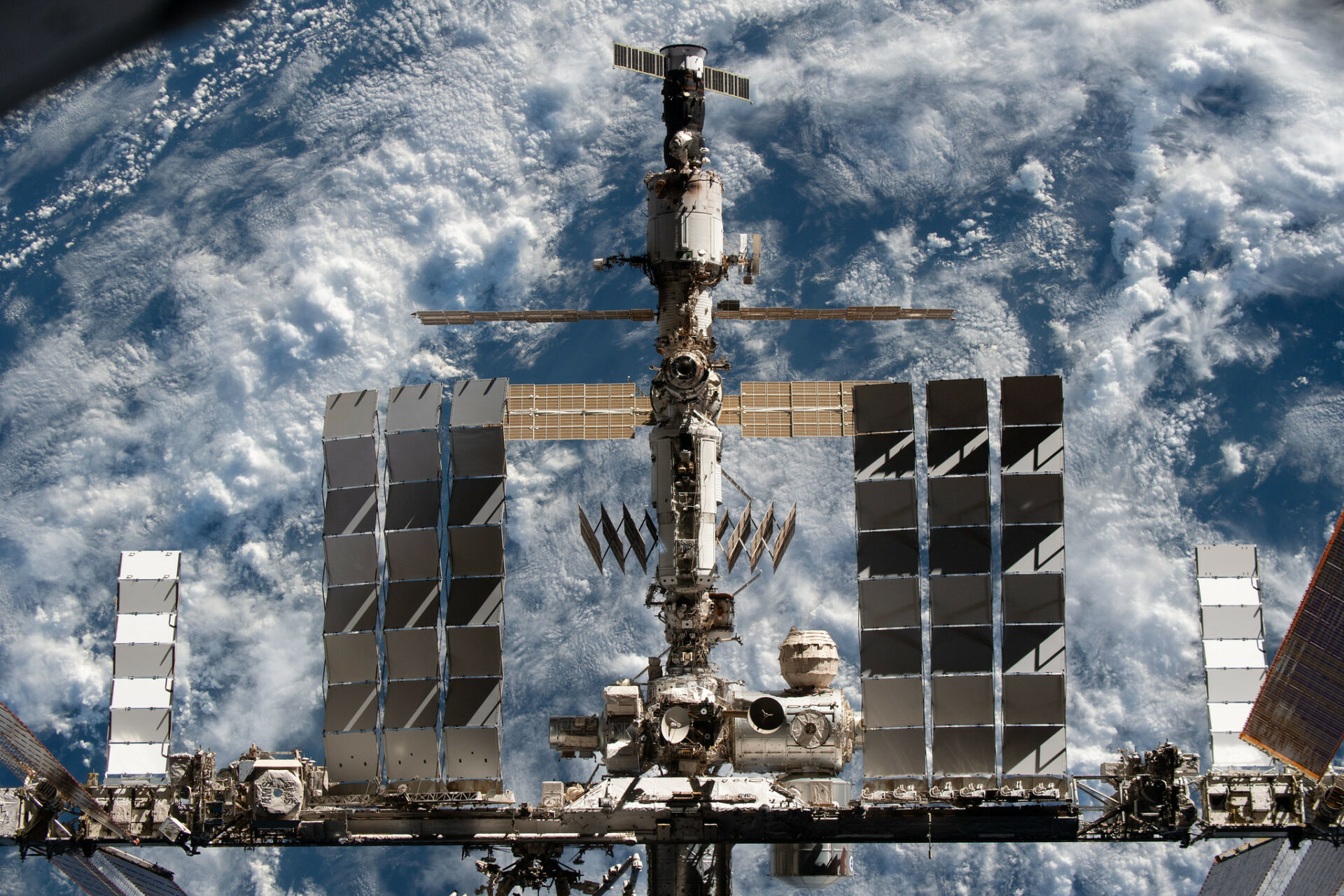The International Space Station (ISS) was forced to make a maneuver to avoid a potential collision. From time to time, the ISS is forced to take such measures so as not to collide with different objects in orbit. But this time, instead of avoiding space debris, the ISS was in danger of colliding with a functioning satellite. This incident highlights the problem of growing “traffic jams” in near-Earth orbit against the background of even greater deployment of satellites in recent years.

According to a report published by NASA, the docked Progress-83 cargo spacecraft on Monday fired its engines for five minutes to lift the space station into a higher orbit, moving it further away from the Earth observation satellite owned by the company Satellogic.
The ISS crew learned about the risk of approaching the satellite 20 minutes before the orbit change maneuver. Dispatchers confirmed that the satellite would fly about 2.7 kilometers away. Despite the safe distance, it was decided to perform the maneuver, since the Progress engines were already turned on.
The orbit of the Satellogic satellite, along with nine others launched simultaneously in 2020, is decreasing. This means that the ISS is almost in the same orbit with the satellites, so the orbital outpost will have to perform similar maneuvers more often in order to fly past them at a safe distance. NASA and their partners are constantly monitoring the orbits of satellites and large pieces of space debris near the Earth, so orbit adjustments are not uncommon.
Although most of the ISS orbit adjustments are planned in advance, emergencies happen from time to time. One particularly serious episode occurred in 2021, when crew members had to move to their docked spacecraft due to the risk of a collision with a cloud of debris that could force them to evacuate the ISS. Then the station escaped any damage, and the crew members were able to safely return to the facility to continue work.
Earlier we reported on how the ISS crew was having fun during orbital maneuvers.
Follow us on Twitter to get the most interesting space news in time
https://twitter.com/ust_magazine

